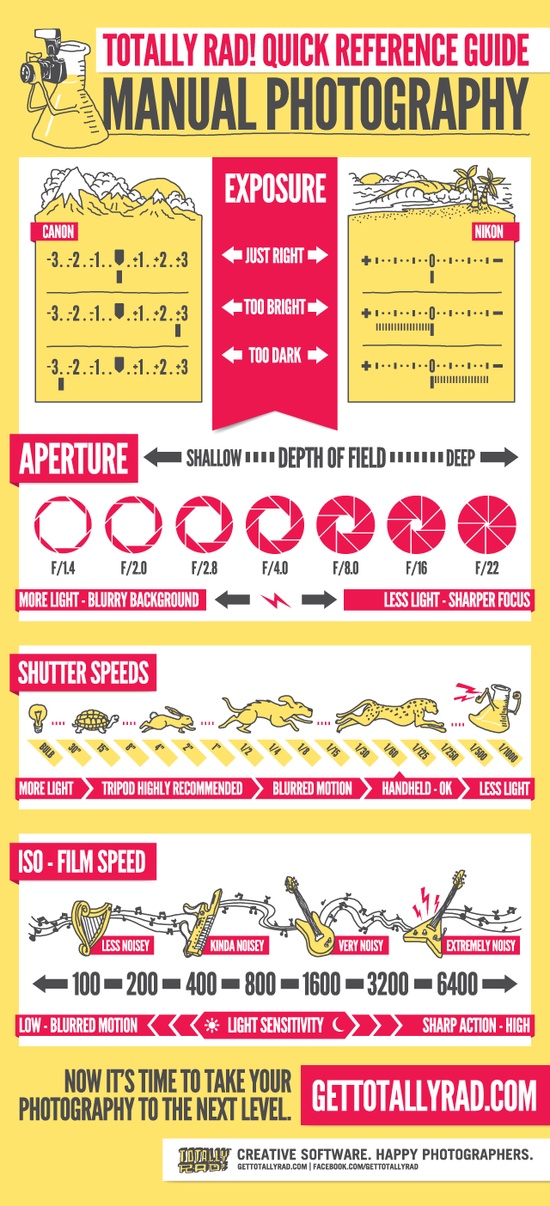Join Us To Uncover Crucial Photography Ideas That Will Unlock Your Electronic Camera'S Potential-- Prepare To Record Magnificent Pictures In A Snap!
Join Us To Uncover Crucial Photography Ideas That Will Unlock Your Electronic Camera'S Potential-- Prepare To Record Magnificent Pictures In A Snap!
Blog Article
Web Content By-Grant Ploug
When you initially get your electronic camera, it can really feel overwhelming with all the setups and choices readily available. You might find yourself asking yourself just how to browse aperture, shutter speed, and ISO properly. Understanding these basics is essential, but there's more to digital photography than simply technical knowledge. Recognizing structure methods and illumination conditions can raise your photos substantially. So, suppose you could find out basic strategies to enhance your skills and begin catching remarkable photos faster than you assume? Let's explore exactly how to change your digital photography trip.
Understanding Cam Settings
Comprehending your video camera setups is important for capturing stunning pictures. When you grab your electronic camera, acquaint yourself with the 3 main setups: aperture, shutter rate, and ISO. Website photographer plays a vital role in just how your pictures turn out.
Begin with aperture, which regulates the amount of light entering the lens. A bigger aperture (lower f-number) allows more light and develops an attractive history blur, best for pictures. Alternatively, a narrower aperture (higher f-number) maintains more of the scene in focus, ideal for landscapes.
Next, concentrate on linked here . This setup identifies the length of time your electronic camera's sensing unit is exposed to light. A fast shutter rate freezes activity, which is excellent for action shots, while a sluggish shutter rate can create sensational impacts like smooth water in landscapes.
Last but not least, adjust your ISO. This setup influences your cam's level of sensitivity to light. A greater ISO is useful in low-light situations yet can introduce noise or grain. Aim for the lowest ISO feasible while still accomplishing proper direct exposure.
Make-up Techniques
When you're out capturing, make-up can make all the distinction in just how your pictures reverberate with audiences. Begin by using the policy of thirds; picture your frame split into nine equal sections with 2 straight and two vertical lines. Setting crucial elements along these lines or at their intersections to create equilibrium and passion.
Next off, think about leading lines. These natural lines in your scene, like roads or rivers, attract the audience's eye into the picture, guiding them with the story you're telling.
Do not ignore mounting; usage components within your scene, like trees or home windows, to create a frame around your topic, adding deepness and emphasis.
Additionally, watch on your history. https://www.dw.com/en/coronavirus-heroes-photographer-takes-free-family-portraits-through-the-windows/a-53300849 can distract from your main subject, while an easy one helps it stand apart.
Lastly, experiment with balance and patterns; they can produce a striking photo that records attention.
Mastering Lights Conditions
Understanding lighting conditions is critical for recording sensational pictures, as the appropriate light can transform a normal scene into something remarkable.
Start by observing natural light at different times of the day. Early mornings and late afternoons supply the very best light, known as the golden hour. The soft, warm tones during these times can improve your photos perfectly.
Do not shy away from overcast days either; diffused light can minimize harsh shadows and develop a pleasing effect, particularly for portraits.
Explore backlighting by positioning your subject against the light. This strategy can develop a wonderful halo impact and include depth to your photos.
Take note of your electronic camera settings as well. Readjust the ISO, aperture, and shutter rate to match the illumination problems. A greater ISO can assist in low light, but beware of grain.
Make use of a tripod in darker settings to avoid blur.
Finally, do not forget man-made lighting. Flash and continual lights can be excellent tools for managing light in tough conditions.
Conclusion
To conclude, understanding your camera does not need to be frustrating. By comprehending your setups, applying composition strategies, and using the power of all-natural light, you'll promptly elevate your digital photography abilities. Bear in mind, practice makes perfect, so venture out there and trying out your newly found expertise. With time and devotion, you'll be catching spectacular pictures that reflect your unique point of view. Delight in the trip, and do not neglect to enjoy while you're at it!
